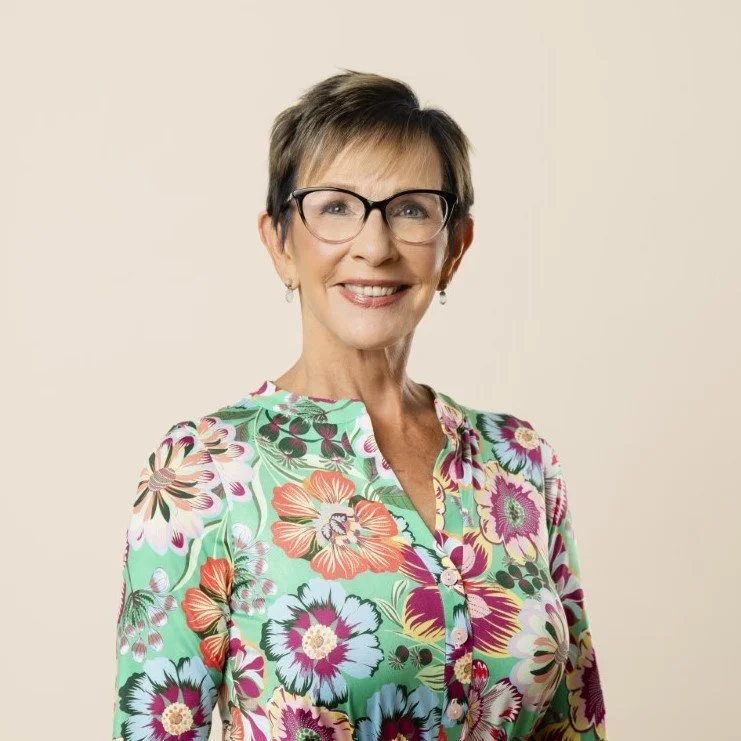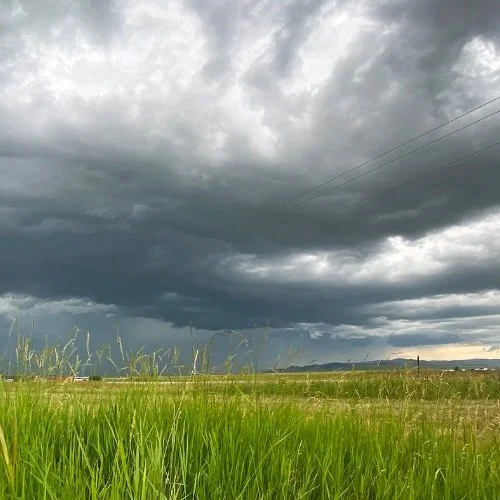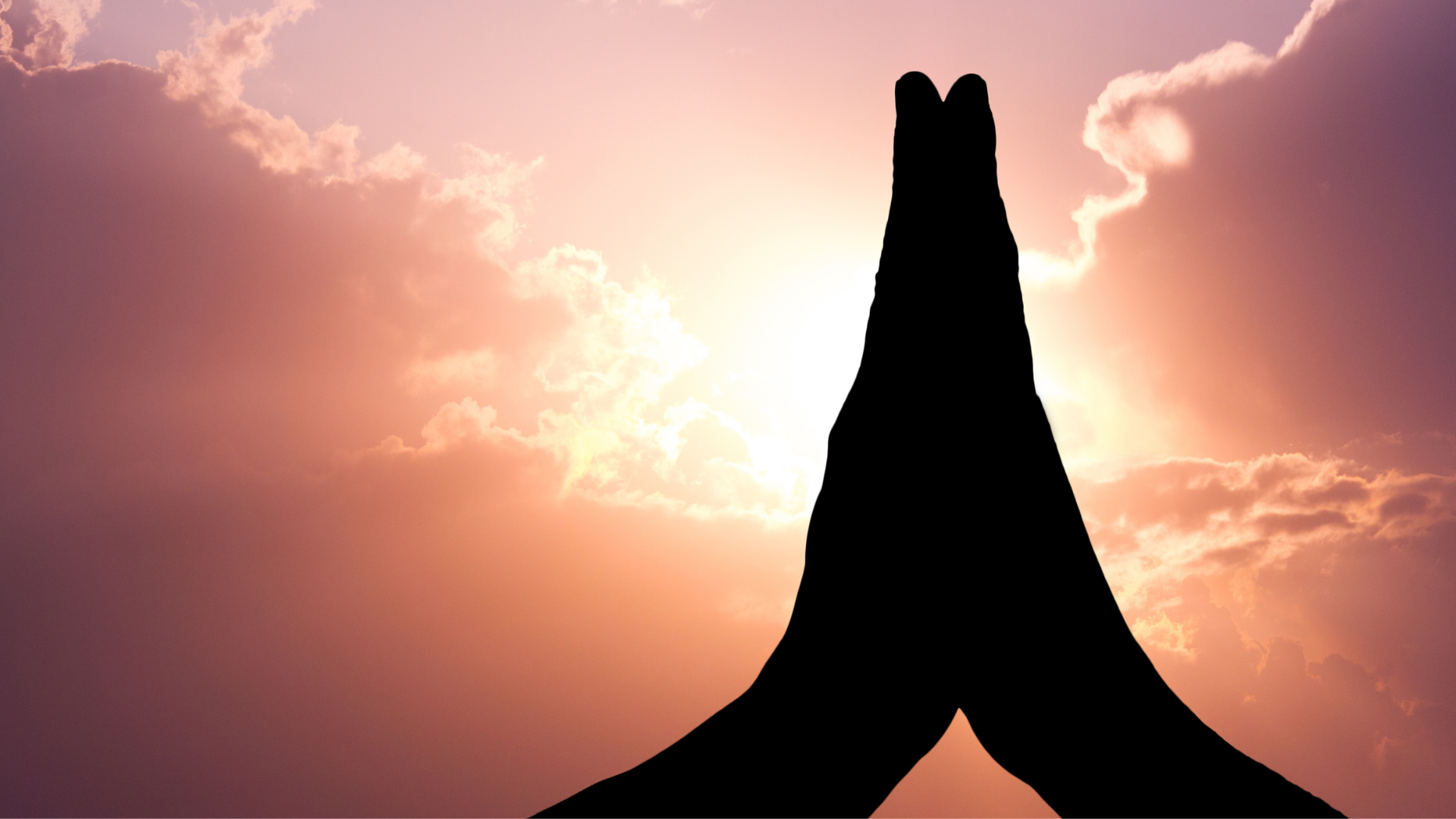Marcia's Musings: The Good Stuff
/By Marcia Appel — Last Updated: June 11, 2025
Biking with family in Lanesboro
What should we do when the bad stuff in our lives piles up? I noticed recently that I’d entered a ruminating period in which I was replaying the bad stuff several times a day as though on a continuous loop. Was there, I asked myself, another loop I could access that would balance the bad-stuff edition?
Driftless Region
In a great coincidence, while on an early June family trip to Lanesboro, Minnesota, I picked up a magazine called Inspire(d), created across the border in Decorah, Iowa, and serving all the communities called the “Driftless Region” that encompasses Southeast Minnesota, Northeast Iowa, and Southwest Wisconsin. The startling topography, untouched by glaciers, of rolling high hills, meandering streams and rivers, and small towns and farms nestled in valleys make this a mosquito-free paradise for bicyclists, kayakers and canoers, campers, and trout fishers. Lanesboro itself boasts all these attributes plus two great restaurants and a 32-year-old community theater that produces outstanding performances.
Finding balance
An article in Inspire(d) titled “Recognizing Abundance” caught my eye. In it, editor Aryn Henning Nichols outlines with clear words and eye-popping graphics the importance of recognizing abundance in our lives even as we acknowledge the bad stuff. I call this “living in the world of and”, in which we balance opposites of emotions, feelings, and beliefs to live a grounded life of ease. The philosophy of playing out the opposites is embedded in Yoga Nidra as a practice as well as in the Buddhist and yogic practices of mindfulness and concentration.
As I moved on to an inspired (pun intended) article by Olivia Lynn Schnur, a licensed mental health counselor, EMDR certified therapist, certified yoga teacher, and Reiki Master, I made note of how cultivating an abundant life, even in the midst of the bad stuff, halts ruminating, brightens the mind, and calms the spirit as well as the central nervous system. (I also took note that Green Lotus’s many services include most of Ms. Schnur’s certifications and that it has been doing so for nearly 18 years now.)
When we acknowledge what feels abundant in our lives, we counter the emotion of scarcity, which makes us humans become smaller, laser-focused on the bad stuff, more fearful, less compassionate, and more isolated. It is well-documented now that we become what we think. If we open our lens of understanding to include both feelings – scarcity and abundance – we discover an inner strength and resilience that cannot be easily erased.
Editor Nichols’ personal abundance list included the following: monthly massages, frothy coffee, herbs on foods, cloth napkins, nicely framed art, TSA precheck, fizzy water, clean sheets, a whole pizza, beginning a new book series, car-wash tokens, and time with her besties. As I read this list, I laughed loudly at her inclusion of most of the items, especially TSA precheck and cloth napkins, and I was reminded of how easy it is for the human mind to cling to scarcity and overlook abundance.
Marcia (center) kayaking with cousins Cathy (left) and Julie (right)
I made my own list, and I encourage you to do so, too. On mine were frequent massages and facials, gathering with friends, time with my children and grandchildren, my bikes, seeing plays, white sheets and comforters, almond croissants, planting flowers, yoga classes, setting a “nice table”, yoga retreats, twinkle lights all year round, and being in or on water.
Feeling abundance may be more accessible when basic human needs are being met, which speaks to – at least for me – the need for a compassionate, empathetic, fair, and just society. Still, joy and wealth can be found in the little things, a hallmark of the philosophy of abundance.
Photo courtesy of Marcia’s cousin Julie Smithson
My love of being in or on the water flows throughout my life’s story. Two weeks ago, four women cousins on my mother’s side spent time together for a few days, a new ritual in our shared story. At cousin Julie’s cabin, we celebrated many things, from our shared heritage to kayaking on Lake Ruth. We found abundance in observing loon life as it unfolded, including spotting a baby with its mom. A few days later, in Lanesboro, I found it again when my daughter Gina insisted that we attend the Rhubarb Festival there and, later in the day, a moving play, The Half-Life of Marie Curie.
The Buddha said that all beings suffer, and yet, beyond suffering lies joy. He also said that feelings of scarcity and clinging contribute mightily to suffering, which modern psychology has proved to be true.
At the Lanesboro Rhubarb Festival
What is abundant in your life? Make a list and pull it out when you’re feeling low. Embrace change and notice your mind as it begins to work differently. Focus on things you enjoy to counter ruminating on (and amplifying) those things you don’t. Take care of yourself with boundaries and the courage to say no. Employ your healthy practices.
I am inspired, thanks to the reporting in this fine community magazine called Inspire(d) from my home state to honor what is abundant in my life even when troubled times come calling. Won’t you join me?


































